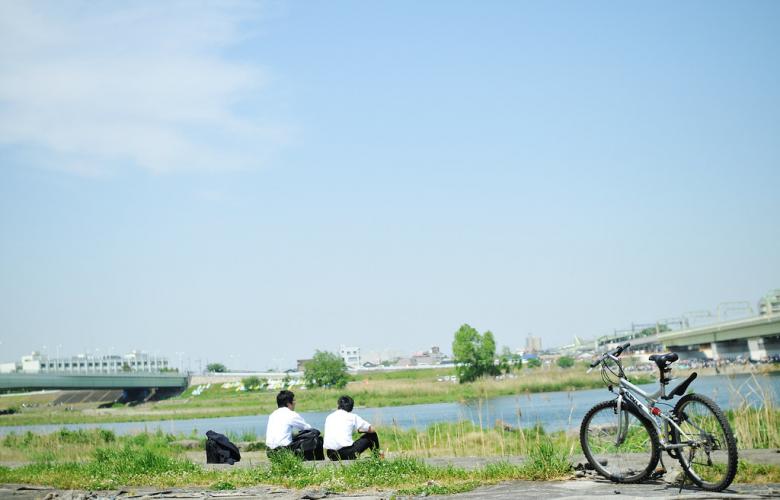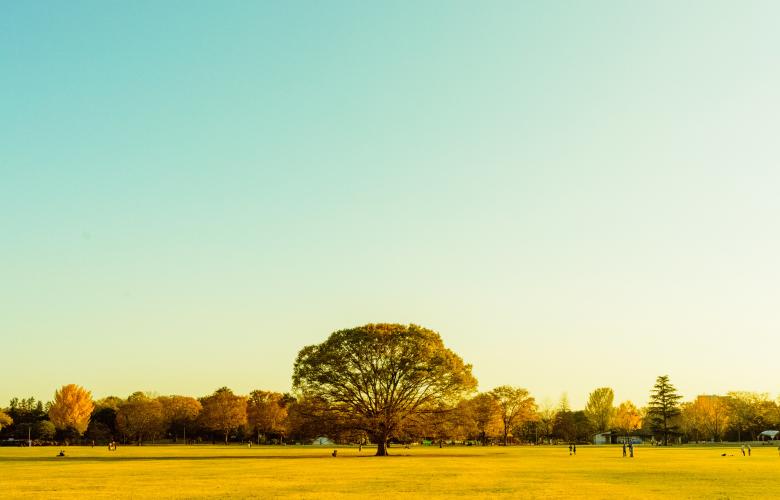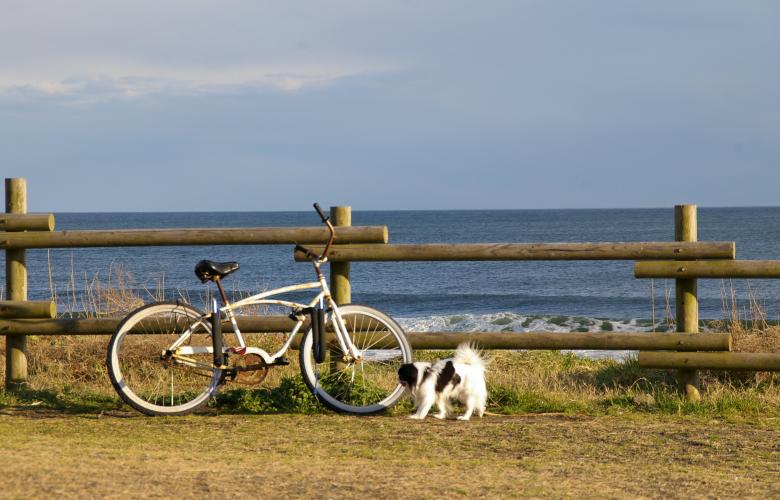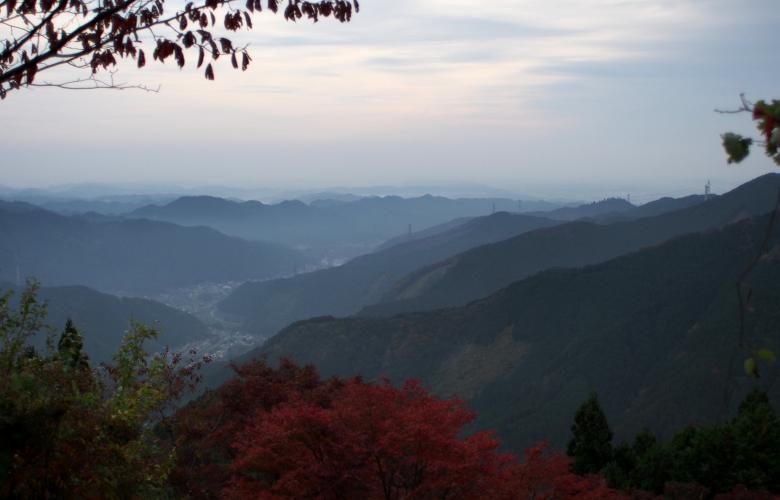A sprawling urban area, more than 30 million inhabitants, and the home to world’s busiest commuter train station (which is Shinjuku by the way). Tokyo sounds more like the antithesis to a nature lover’s dream.
Yet, surprisingly, the city offers a few neighbourhoods that allow you to be close to the water, frolic in the mountains, or engage in the all-Japanese pastime of forest-bathing. Here is where to find those secret gems.
Mountains
While we have to admit that Okutama is rather far from the city centre, it is still part of Tokyo. The town of Okutama is located around 90 minutes away on a straight line from Shinjuku. Nestled into the Japanese mountains, people come here to raft on Okutama River, hike up Mt. Mitake, or even live far from the hassles of urban life. In fact, Okutama is one of the towns that caused a media stir last year when they announced they were offering free houses to young families with children who decide to move here. Okutama is on the Ome Line, with the closest stations being Ome and Okutama.
Ocean
Now we are cheating a bit as the Shonan area is technically in Kanagawa Prefecture. However, the beaches of Shonan are under an hour from central Tokyo and still fall into the larger metropolitan area of Tokyo. Popular with surfing salarymen and women, many in the area live a lifestyle of catching a few waves in the early morning hours before going to the office downtown. The town of Chigasaki has a Hawaiian vibe to it and offers a good selection of cafes, restaurants and, of course, surf shops. Neighbouring Fujizawa is a little more residential.
Further down the coast is Zushi, part of Kamakura, a former capital of Japan, where temples meet the sea. It's more popular with families that want to get out of the city.
Both areas have several beaches to choose from that become popular during the summer months, but surfing itself is an all-season sport in Japan.
Fujizawa is on the Odakyu, Shonan-Shinjuku and Tokaido Main Line, around 50 minutes from either Tokyo or Shinjuku Station. Chigasaki is next the stop, around 5 minutes away. Zushi is around an hour from Shinjuku on the aptly named Shonan-Shinjuku Line.
River
For those who still want to be near a body of water, but closer to the hustle and bustle of central Tokyo, may we recommend Futakotamagawa? A mere 10 minutes on the Denentoshi Line from Shibuya, this upscale area has become extremely popular. Tamagawa River is directly accessible from the station and its wide, grassy river banks invite locals to go for a run, walk their dog, have a picnic, or get active on the many sports fields that line the river. Tamagawa River has been restored to a very natural state and is meandering through the Kanto plain, complete with reed overgrowing the sides and grassy islets here and there that slow down its flow. A lot of wildlife can be spotted in and around the river, including carp, salmon, kingfishers, herons, turtles, and frogs that will serenade you should you decide to take an evening stroll.
Futakotamagawa Station is located in Setagaya Ward on the Denentoshi Line, 10 minutes from Shibuya on the express train. Redevelopments of recent years have resulted in fancy apartment buildings and condos towering around the station. The area is also home to Rakuten’s global headquarters. Shopping malls, fancy cafés, an entertainment complex, and a Japanese garden adjacent to the station complete the full range of conveniences available.
Forest
If you are most refreshed when trekking through the woods, you might consider buying or renting around Showa Kinen Koen (or Showa Memorial Park in English) in Tachikawa. This expansive park encompasses 180 hectares of landscaped parks and forests, sports fields, 11 km of bicycle path (rental bikes available), all dotted with statues ranging from the futuresque to the plain odd. It is one of the best spots in Tokyo to observe flowers, including cherry blossoms in spring, chrysanthemums in autumn, and the koyo (autumn leaves).
It is a 5-minute walk from Nishi-Tachikawa Station or a 10-minutes from Higashi-Tachikawa Station on the Ome Line. Besides the park, the area is surprisingly built up and modern, with malls, stores and restaurants lining the area surrounding Tachikawa Station, which is the main transportation hub of the town. Tachikawa is around 30 minutes from Shinjuku.
By Mareike Dornhege
Similar to this:
5 areas in Tokyo with good green space
From Tokyo to Takao: 5 reasons to live on the Chuo Line
Kichijoji – Tokyo’s hottest suburban area








